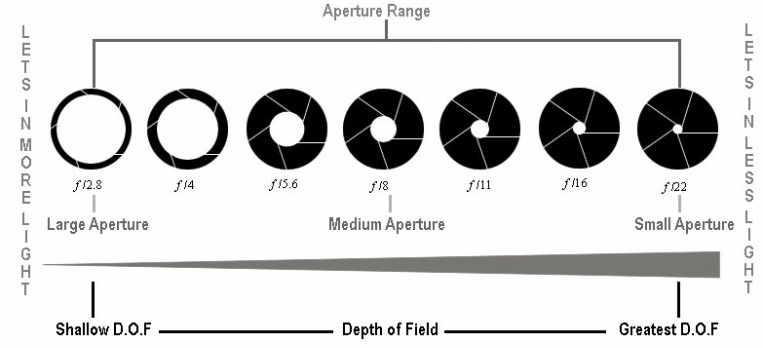
F STOP SHUTTER SPEED CHART HOW TO
How to Make a Photo Black & White Except One Colourīenefits of Using Lightroom Presets How to Shutter Speed, ISO, and Aperture work together?Ĭreating a harmonious exposure using these three settings is a juggling act.
F STOP SHUTTER SPEED CHART ISO
Have you every taken a photo with your phone camera at night and noticed that it looks really grainy? This is because the camera tried to compensate for the lack of light by choosing a high ISO.Įvery camera is different, so do a few tests with your camera to see how high of an ISO you can shoot at without ending up with a grainy image.ħ Common Beginner Photography Mistakes and How to Avoid Them As the ISO rises, so does the visibility of graininess/noise in your images. Meaning that a lower ISO value will result in a darker image, and a higher ISO value will result in a brighter image.Ī higher ISO value can be very useful when shooting in low light without a tripod, but raising your ISO can come at a cost. As you increase your ISO value, your camera sensor becomes more sensitive to light. ISO is a way to brighten your photos when you can’t use a longer shutter speed or a wider aperture. To achieve a shallow depth of field, set your f-stop to a low number (like f/2.8) to widen your aperture and allow a lot of light into the lens. To achieve a deep depth of field, set your f-stop to a high number (like f/11), creating a more narrow aperture and allowing only a little light into the lens. Aperture is expressed in “f” numbers.Īperture also controls the depth of field in your photo. This is controlled by a small set of blades in the lens that control how much light will enter the camera when you adjust the aperture, you are widening or closing down the hole that this set of blades creates. What is Aperture?Īperture is a hole within the lens, through which light travels into the camera body. A slow shutter speed allows the motion blur of the train to be captured. When photographing sports events, you will want to use a fast shutter speed in order to keep all of the fast-moving players in sharp focus, as shown in the photo above. Fast shutter speeds have the effect of freezing motion in the scene you are photographing, whereas slow shutter speeds will blur the motion in a scene, as seen in the photos below. If you are shooting something that is moving quickly, you will want to use a faster shutter speed. If you are taking a photo and it is too dark, you could use a slower shutter speed to allow the camera to gather more light. For example, a shutter speed of 1/2 will allow more light to touch the sensor and will produce a brighter photo than a shutter speed of 1/200. The slower your shutter speed, the more light will touch the sensor.

Shutter Speed is the length of time the camera shutter remains open to let light into the camera sensor, and it is typically measured in fractions of a second.
F STOP SHUTTER SPEED CHART FULL
If you understand what shutter speed, ISO, and aperture are individually and how they work together, you will be able to take full control of your camera and be able to push the limits of what you can do with it! What is Shutter Speed? While most DSLR cameras have automatic modes that will set the right shutter speed, aperture, and ISO for you, these modes limit what you can achieve with your camera.

“Exposure” refers to the amount of light the enters the camera and hits the digital sensor, and is basically a measure of how bright or dark a photo is.

Shutter Speed, ISO, and Aperture and the “three kings of photography” and come together to create the “Exposure Triangle”.


 0 kommentar(er)
0 kommentar(er)
